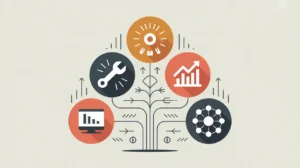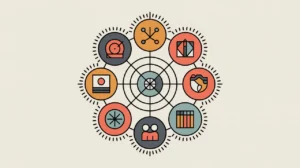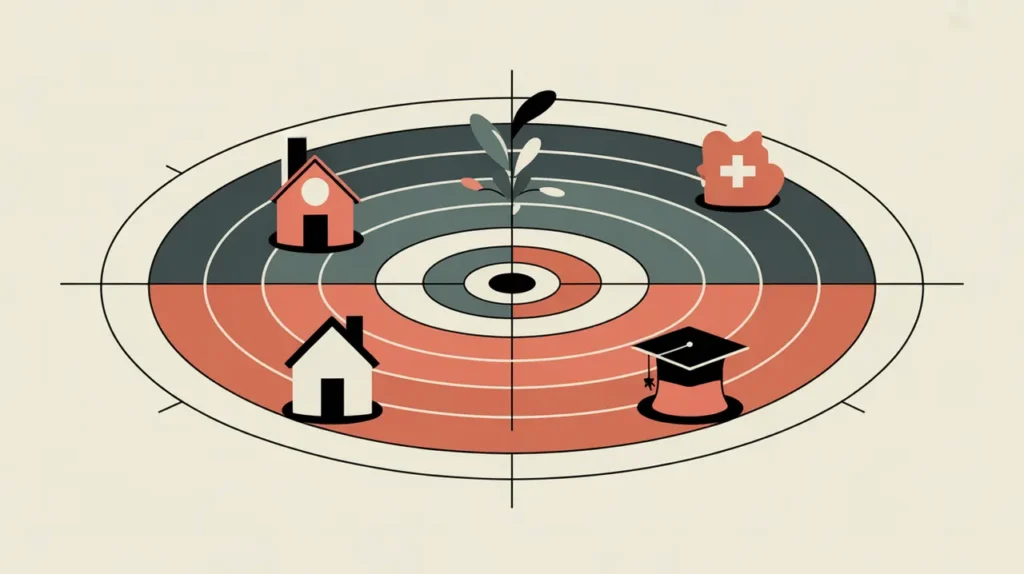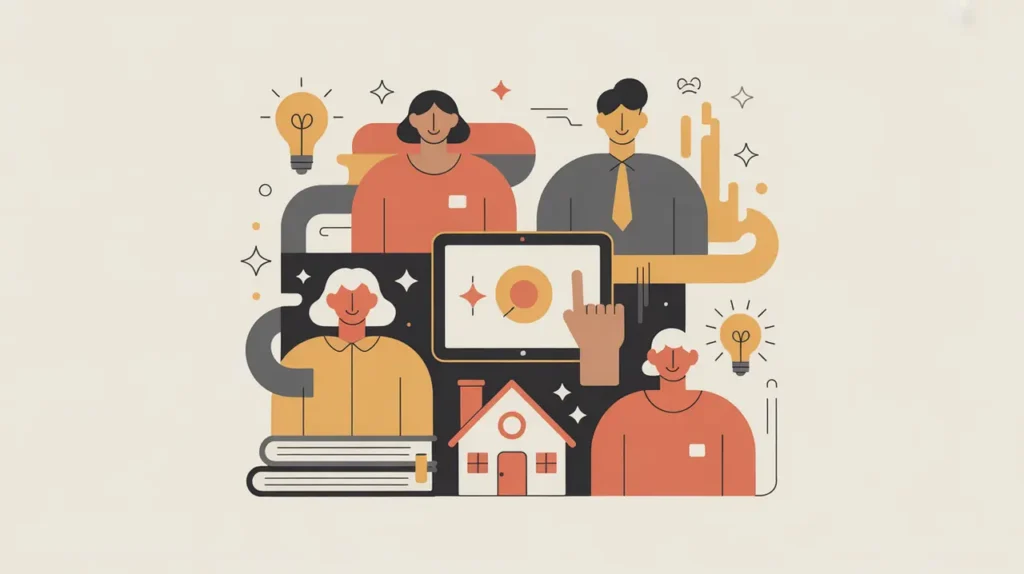Importance of Sustainable Development
Sustainable development balances economic growth, social inclusion, and environmental protection to meet present needs without compromising the ability of future generations to meet theirs. It integrates equity and resilience into long-term planning, ensuring that progress is both inclusive and environmentally responsible. For governments, nonprofits, and funders, sustainable development provides a unifying framework for tackling global challenges such as poverty, climate change, and inequality.
Definition and Features
Sustainable development refers to a development model that harmonizes human wellbeing with ecological stewardship. Its defining features include:
- Triple Bottom Line – integrating social, environmental, and economic goals.
- Intergenerational Responsibility – safeguarding resources and opportunities for the future.
- Equity – prioritizing fairness within and between countries and communities.
- Systems Perspective – recognizing interconnections across climate, health, energy, and livelihoods.
- Global Frameworks – often guided by the UN’s Sustainable Development Goals (SDGs).
How this Works in Practice
In practice, sustainable development is pursued through initiatives like renewable energy transitions, inclusive education, universal health systems, sustainable agriculture, and green infrastructure. For example, programs that expand solar microgrids in rural areas address both climate change mitigation and energy access. Development agencies align investments with SDGs, while governments embed sustainability into national policies. Barriers include financing gaps, political will, entrenched inequalities, and the short-term trade-offs between growth and conservation.
Implications for Social Innovation
Sustainable development highlights the need for solutions that optimize multiple outcomes at once. Social innovations such as circular economy models, blended finance, and community-led conservation projects embody this integrated approach. By linking prosperity with equity and environmental responsibility, sustainable development provides a compass for innovators to design interventions that endure and scale.







